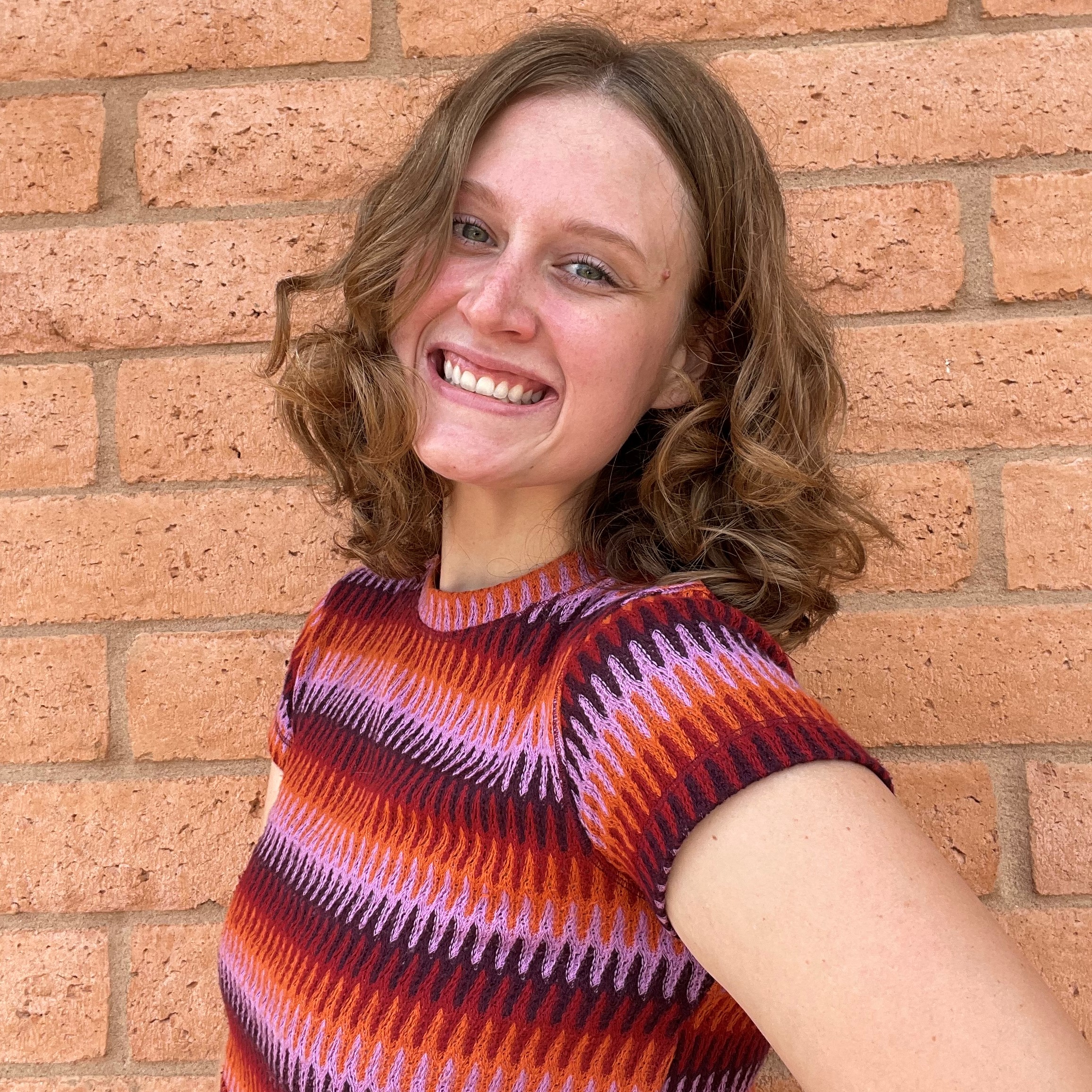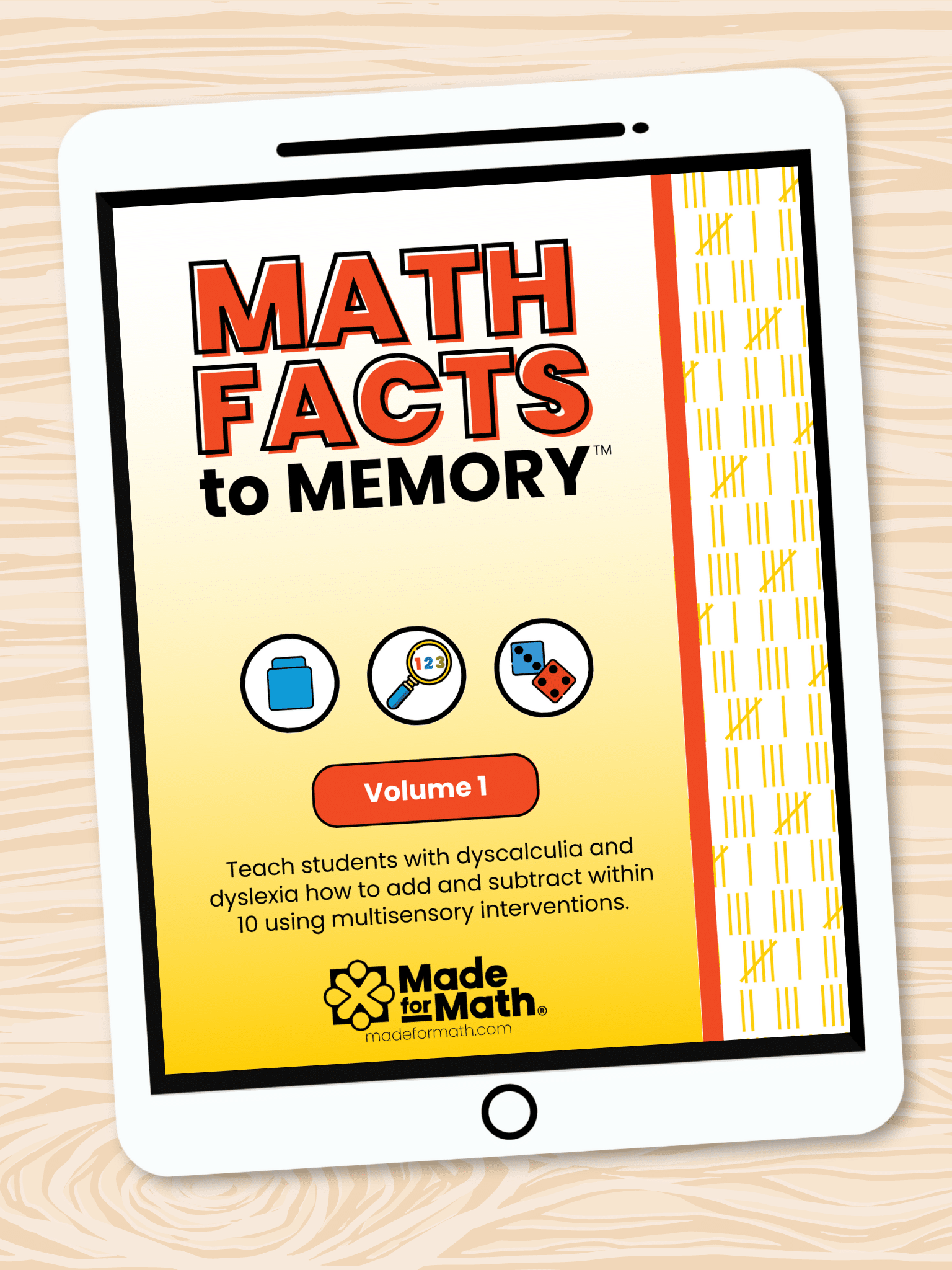Understanding Math Fact Fluency: 4 Effective Strategies
Meet Corey Peltier
Corey Peltier initially aspired to become a high school math teacher, driven by his passion for the subject. However, his educational journey took a different turn as he navigated public education up to middle school. Due to various factors, including not having a strong foundation in calculus, he found himself majoring in elementary education. Despite some regrets about not pursuing his initial dream of becoming a high school math teacher, he embraced teaching fifth grade and discovered a love for it.
Corey’s journey into special education began during his first year of teaching, where a significant portion of his students had individualized education programs (IEPs) or 504 plans. Teaching fifth grade exposed him to the challenges that many students faced–particularly in math.
Recognizing the inadequacy of the introductory special education course offered at many universities, Corey pursued additional special education courses as part of a master’s program. He discovered effective strategies within special education that were not covered in his elementary education program, and these strategies proved beneficial for a broad range of students, including those without identified special education needs. This experience fueled his commitment to exploring and implementing inclusive and effective teaching methods.
Witnessing students struggle with foundational math skills, Corey developed a growing interest in working with pre-service teachers. This led him to transition into higher education, where he currently focuses on identifying effective interventions and assessments for students with disabilities.
Math Fact Fluency–What do we mean?
In their chat, Adrianne and Corey talk about fluency in math education and how different people define it in different ways. Fluency is being able to use math in a flexible, accurate, and quick manner.
They discuss an article that Corey wrote titled “FLUENCY” which was in response to the NCTM’s statement on fluency. The problem, as they discuss, is that there can be confusion and miscommunication about what terms like “fluency” really mean.
Corey stresses the importance of students mastering math facts and procedures before they can freely choose the best strategy for a problem. They both highlight the need for clear definitions in these conversations between math education and special education communities. Adrianne agrees, emphasizing the importance of everyone being on the same page to have meaningful discussions. (We want to point out here that this is the exact reason why we started our Unlocking Dyscalculia series! To create conversation and reach understanding together! )
He highlights that, traditionally, fluency in behavioral literature, especially from behavior analysis, involves both speed and accuracy in responses. However, he felt that the NCTM’s focus was more on the flexibility side of fluency and didn’t adequately emphasizing the crucial aspect of speed and accuracy, especially in basic facts. Corey argues that having basic facts, like quickly knowing that four plus five equals nine, memorized is essential for efficient mathematical problem-solving. He suggests that there needs to be a clear order in learning—first mastering facts and procedures and then applying them flexibly. This, he believes, would better inform both research and teaching practices, helping teachers identify and address potential issues related to fluency.
You can read Corey’s article on Fluency here.
Where Memorization Comes to Play
Corey emphasizes that memorization has a significant place in math instruction, contrary to the NCTM’s assertion that memorization is a poor way to achieve math fact fluency. He draws a parallel to reading, highlighting the importance of quickly identifying high-frequency words without having to sound them out. In math, he argues that flashcard drills and timed exercises should not be introduced until students have a clear understanding of addition concepts, such as part-whole relationships. This means only introducing timed drills when students have a solid conceptual foundation to avoid frustration and ensure that memorization is effective.
Corey expresses mixed feelings about timed math drills, acknowledging that they can be beneficial but highlighting widespread misuse. He discusses the issue of providing the same mad minute sheet to an entire class, noting that it can be an inefficient practice. He emphasizes the importance of differentiating math fact practice to meet the unique needs of each student. Corey recognizes the necessity of math fact practice but stresses the need for efficient implementation and differentiation to avoid wasted time for students who find the practice too difficult or have already mastered the facts.
The quickest way for students to learn their math facts?
Just practice four minutes a day.
What are Focus Facts?
Adrianne introduces the concept of Focus Facts, or a narrow set of 3-4 math facts that we know a student has achieved fluency with. Using “friendly numbers” like 2’s and 5’s to introduce new concepts will help the student focus on the new skill (regrouping 10 ones for 1 ten), rather than struggling with basic math facts (6+7=13).
This method ensures that the student’s working memory is focused on learning new procedures rather than struggling with unfamiliar facts. Adrianne also mentions their practice of connecting focus facts to other topics, like fractions, to reduce cognitive load.
Corey responds positively to the idea, highlighting its effectiveness in terms of ensuring that every math fact encountered in a problem is already familiar to the student. He mentions the term “set size” from behavioral literature, where reducing the number of facts learned at a time can aid quick learning.
What’s the best way to teach math facts to children with learning disabilities?
Corey stresses the importance of exposure when teaching math facts to students with learning differences such as dyscalculia or dyslexia. He highlights that these students might require more exposure to individual math facts to retain them compared to other students. Corey suggests that teachers need to be aware of the limitations of standard curriculum and be prepared to supplement instruction to ensure an adequate amount of exposure to math facts.
He discusses the limitations of certain teaching methods, like number talks, stating that while they have their own purpose, they might not be sufficient for enhancing math fact acquisition. Corey recommends interventions that involve more opportunities for students to respond to math facts in a shorter time frame, such as peer-assisted flashcard interventions. The key takeaway is the need for targeted and extensive exposure to math facts for effective learning, especially for students with learning differences.
Corey suggests that shorter, distributed practice sessions are more efficient and effective for learning math facts compared to a single, longer session. He provides examples of incorporating math practice into daily activities, such as walking to school or engaging in verbal math practice during car rides. Overall, the goal is to integrate math practice into daily routines through simple and consistent methods.
To Time or Not to Time?
Corey defends timed math practice but notes that it is often criticized because it is used poorly. He suggests using an alternative approach such as flashcard activities with time constraints or modifying paper-pencil assessments to focus on duration rather than completion.
The key takeaway is that time is a crucial metric to capture when assessing math fluency, and the assessment format can influence how well it reflects a student’s understanding and speed in solving math problems.
The goal is to find creative ways to adapt math to work for the individual student.
Are You Looking for a Better Way to Teach Math Facts?
Check Out Math Facts to Memory™ Vol 1 (DIGITAL ONLY)
Stop wasting your time with flashcards and rote memorization for students that learn differently. Discover the power of multisensory techniques in math fact instruction.
Over 40 lessons covering adding and subtracting within 10
- Explicit instruction for both YOU and the student
- Specific language to enhance learning
- Math vocabulary pages featuring morphology and gross motor movement
- Student practice sheets
- Games to practice math facts
Math Facts to Memory™ Volume 1 is appropriate for all learners but is essential for those with dyslexia and dyscalculia.
Grab your copy for just $35.
Updates for the life of the product!
MFM Authors

Jennie Miller
Marketing Assistant
is our Marketing Assistant and content creator here at Made for Math. Jennie loves being part of a company that is working to make mathematics accessible to children with dyscalculia.

